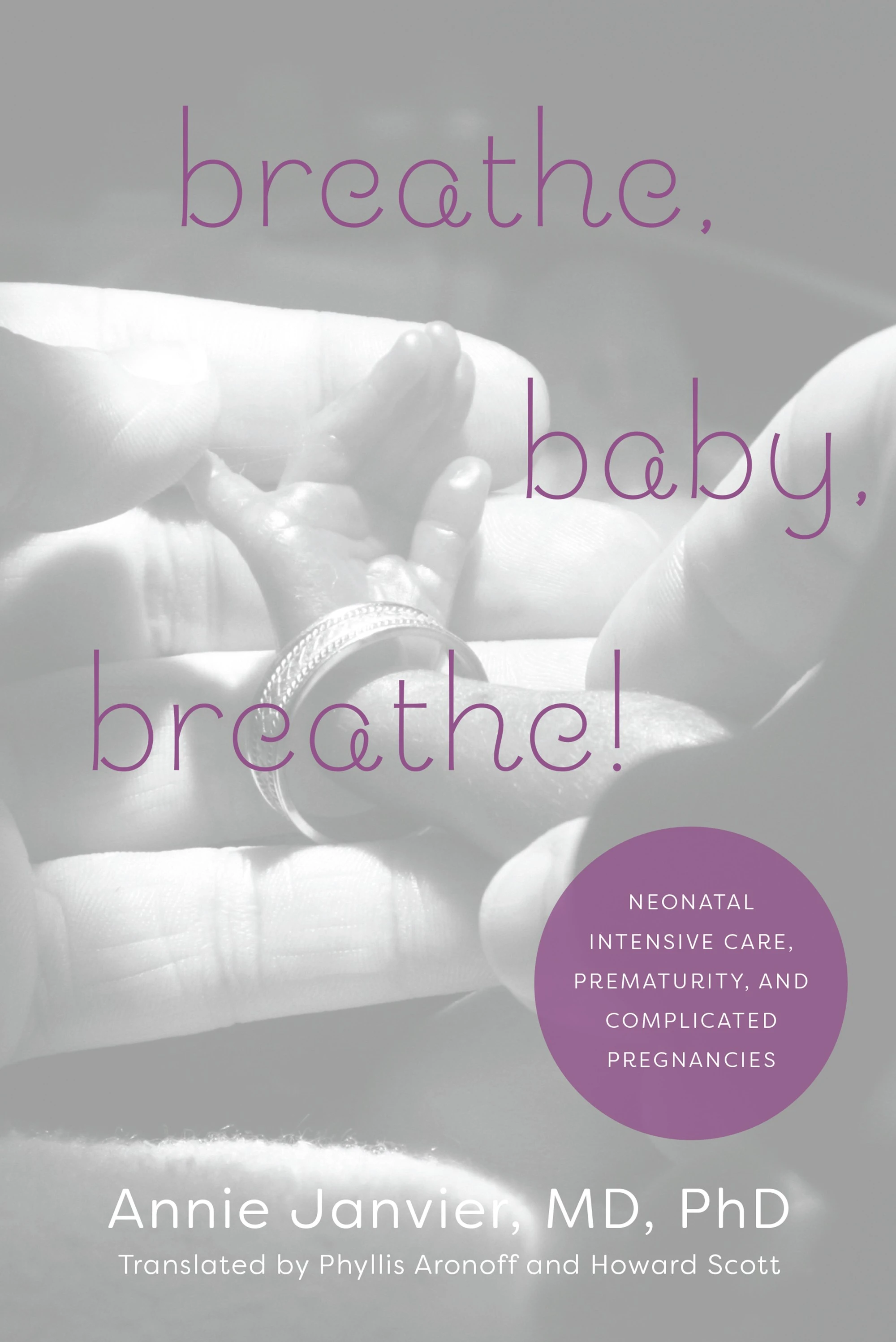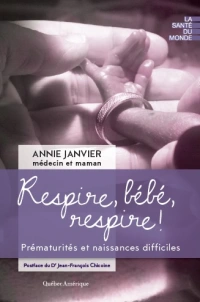-
Recent Posts
breathe, baby, breathe

-
Join 4,530 other subscribers
- Analgesia
- anemia
- antenatal steroids
- antibiotics
- anticonvulsants
- Apnea
- asphyxia
- Assisted ventilation
- BPD
- Breast-feeding
- breast milk
- caffeine
- CMV
- Congenital Heart Disease
- Convulsions
- CPAP
- CRP
- Delayed Cord Clamping
- diaphragmatic hernia
- EEG
- End-of-life decisions
- endotracheal intubation
- enteral feeding
- erythropoietin
- Ethics
- families
- Fluids
- Gastro-oesophageal reflux
- Global Neonatal Health
- Handicap
- Head Ultrasound
- Health Care Organization
- Heart Surgery
- Hemodynamics
- High-Flow cannula
- Hypoglycemia
- Hypotension
- Hypothermia
- hypoxic ischemic encephalopathy
- infection control
- intracranial hemorrhage
- IVH
- Lactoferrin
- long term outcomes
- lung compliance
- microbiome
- mortality
- MRI
- Necrotising Enterocolitis
- Nitric Oxide
- nutrition
- Obstetrics
- oxygen therapy
- oxygen toxicity
- pain
- PDA
- Platelets
- Prebiotics
- Preventing Prematurity
- Probiotics
- pulmonary physiology
- Randomized Controlled Trials
- Research Design
- respiratory support
- Resuscitation
- Retinopathy of Prematurity
- Sepsis
- statistics
- steroids
- surfactant treatment
- Survival
- Systematic Reviews
- transfusion
- trisomy
- twins
Respire, bébé, respire!

RSS Links
Canadian Premature Babies Foundation

Sainte Justine Hospital

Canadian Neonatal Network

Préma-Québec

Categories
Transport Néonatal

Archives
- May 2024
- April 2024
- March 2024
- February 2024
- January 2024
- December 2023
- November 2023
- October 2023
- May 2023
- April 2023
- February 2023
- January 2023
- December 2022
- November 2022
- October 2022
- September 2022
- August 2022
- July 2022
- June 2022
- May 2022
- April 2022
- March 2022
- January 2022
- October 2021
- September 2021
- August 2021
- May 2021
- April 2021
- January 2021
- December 2020
- October 2020
- September 2020
- August 2020
- July 2020
- May 2020
- April 2020
- March 2020
- February 2020
- January 2020
- December 2019
- November 2019
- October 2019
- September 2019
- June 2019
- May 2019
- April 2019
- March 2019
- February 2019
- December 2018
- November 2018
- October 2018
- June 2018
- May 2018
- April 2018
- February 2018
- January 2018
- December 2017
- November 2017
- October 2017
- September 2017
- August 2017
- July 2017
- June 2017
- May 2017
- April 2017
- March 2017
- February 2017
- January 2017
- December 2016
- November 2016
- October 2016
- September 2016
- August 2016
- June 2016
- May 2016
- April 2016
- March 2016
- February 2016
- January 2016
- December 2015
- November 2015
- October 2015
- September 2015
- August 2015
- June 2015
- May 2015
- April 2015
- March 2015
- February 2015
- January 2015
- December 2014
- November 2014
- October 2014
- September 2014
- August 2014
- June 2014
- May 2014
- April 2014
- March 2014
- February 2014
- January 2014
- December 2013
- November 2013
- October 2013
- September 2013
- August 2013
- July 2013
- June 2013
- May 2013
- April 2013
- March 2013
- February 2013
- January 2013
- December 2012
- November 2012
- October 2012
- September 2012
- August 2012
- July 2012
- June 2012
- May 2012
Meta
Tag Archives: PDA
Is there any indication to close the PDA?
Yet another trial of PDA treatment and attempted closure with a null result. Baby-OSCAR was a UK multi-center masked RCT of ibuprofen treatment of 23 to <29 week infants who were screened with echocardiogram within the first 72 hours of … Continue reading
Closing the PDA… or leaving it alone?
Two new publications, in the Journal of Pediatrics, report trends in definitive closure of the PDA. This is a subject that I haven’t written about much on the blog, I wrote about the Beneductus trial last year, which was an … Continue reading
Posted in Neonatal Research
Tagged BPD, mortality, PDA, Randomized Controlled Trials, Systematic Reviews
1 Comment
PAS 2018 No3: Should we TOLERATE the PDA?
This was another large multicenter trial, designed to determine if routine attempts to close a moderate to large PDA at the end of the first postnatal week decreases the duration of patency, and the incidence of the combined outcome “need … Continue reading
Paracetamol for the PDA? Maybe not, this time.
Roofthooft DW, et al. Limited effects of intravenous paracetamol on patent ductus arteriosus in very low birth weight infants with contraindications for ibuprofen or after ibuprofen failure. Eur J Pediatr. 2015:1-8. In contrast to the previous study that I blogged … Continue reading
Paracetamol for the PDA?
EL-Khuffash A, et al. Late medical therapy of patent ductus arteriosus using intravenous paracetamol. Archives of Disease in Childhood – Fetal and Neonatal Edition. 2015;100(3):F253-F6. (CoI statement: The authors of this paper are friends, colleagues and collaborators of mine), the … Continue reading
Reassuring Prophylactic Indomethacin Data
One of Annie Janvier’s first research projects was a case control study of the influence of prophylactic indomethacin on intestinal perforations. Under my supervision she analyzed cases of spontaneous intestinal perforation (SIP), and we analyzed the influence of prophylactic indomethacin, … Continue reading
Can Paracetamol (acetaminophen) close the ductus arteriosus?
A new publication by Afif El-Khuffash and his colleagues (El-Khuffash A et al. Efficacy of paracetamol on patent ductus arteriosus closure may be dose dependent: evidence from human and murine studies. Pediatr Res. 2014;76(3):238-44) describes a retrospective review of paracetamol use in newborn … Continue reading
Low Cardiac Output after PDA ligation
Some babies after PDA ligation develop a low cardiac output, Patrick McNamara and his colleagues have defined that as being less than 200 mL/kg/min left ventricular output. This cohort study of 30 infants post-ligation, by Afif El-Khuffash and colleagues at … Continue reading
The PDA, indomethacin and pulmonary hemorrhages.
In a comment on a recent post, Martin Kluckow pointed out that they have just had published a moderately sized RCT. It was supposed to be larger, but intravenous indomethacin became unavailable, so they had to stop the trial. (Kluckow … Continue reading
Posted in Neonatal Research
Tagged BPD, intracranial hemorrhage, PDA, Randomized Controlled Trials
1 Comment
PDA shunts and extubation
Following on from my recent post about PEEP levels and PDA shunts, this new article from Perth. The authors prospectively enrolled very immature infants (< 28 weeks) before a planned early extubation and did echocardiograms before and after. The mean … Continue reading

